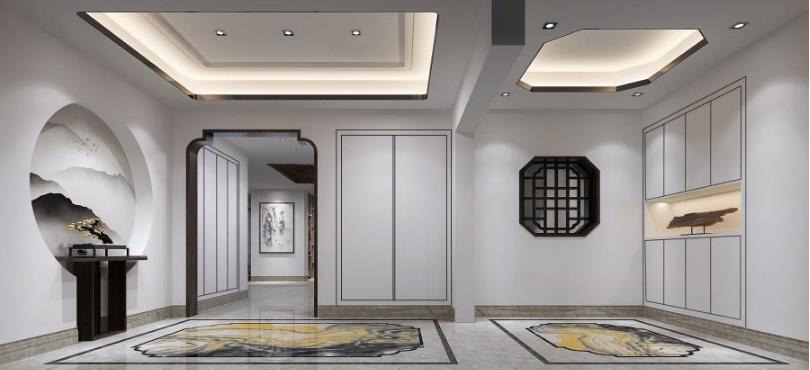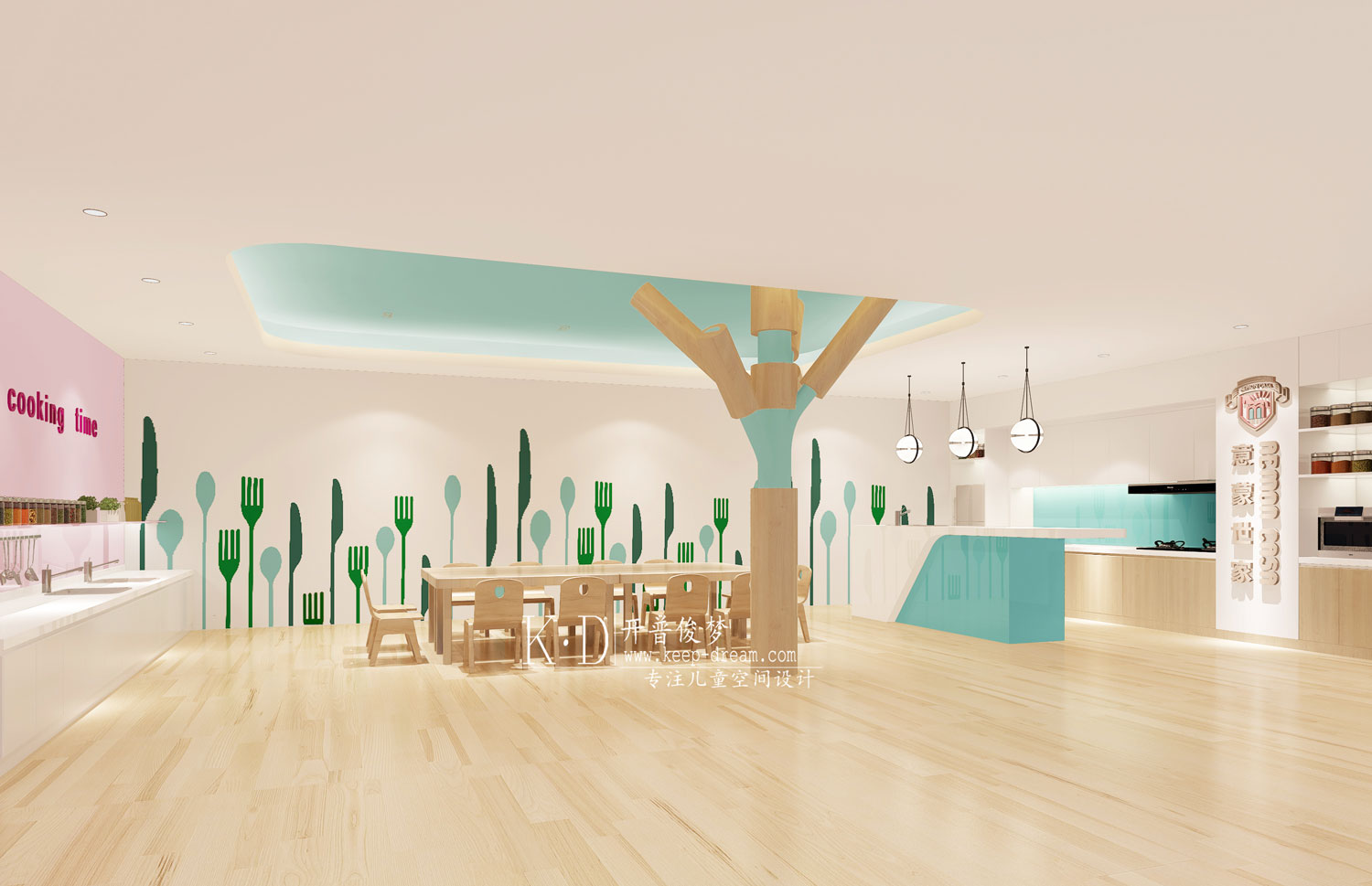Slow Food Pavilion
2015-05-26 03:00
架构师提供的文本描述。当我们不再参与进一步实施和实际实现我们的2015年米兰世博会总体计划时,我们永远不会想到带着一个真正的项目回到那个地方。尽管我们确信,我们的总体规划将是彻底重新创造21世纪世界展览的良好平台,但我们明白,组织者不会采取必要步骤,说服参与国放弃传统的自我反省,而不是专注于它们对农业和粮食生产的具体贡献。
Text description provided by the architects. When we quit our involvement in the further implementation and physical realization of our masterplan for Expo Milan 2015 we would never have thought to come back to that site with a real project. As much as we were convinced that our masterplan would be a good platform for the radical re-invention of what a world exhibition could be in the 21st century, we understood that the organizers would not undertake the necessary steps to convince the participating nations to give up on their conventional indulging in self-contemplation instead of focusing on their specific contribution to agriculture and food production.
此外,我们还知道,卡洛·佩特里尼(Carlo Petrini)不愿参加一场更愿意接触大型农业商业公司的节目,而不是他的慢食运动。但从一开始,卡洛·佩特里尼就一直是早期规划中最引人注目和最有趣的人物之一,因此也是我们参与其中的原因之一。他对生物多样性和粮食生产问题的激进的知识和哲学态度是我们的总体规划的主要灵感,它本来可以激励所有国家展馆、公共空间和世博会的所有其他部分。
Also we knew of Carlo Petrini's resistance to participate in a show that would rather give exposure to the big agro business companies than to his Slow Food movement. But Carlo Petrini has, since the beginning, been one of the most striking and interesting figures involved in the early planning and had therefore been one of the reasons of our own involvement. His radical intellectual and philosophical approach to the questions of biodiversity and food production was the main inspiration for our masterplan from where it could have inspired all national pavilions, public spaces and all other parts of the Expo.
2011年,我们停止了这个项目的工作,让我们大吃一惊的是,在受到组织者的邀请,以及卡洛·佩特里尼(Carlo Petrini)打电话解释为什么他决定接受在一个特别的展馆里展示慢速食物之后,这个项目在2014年又开始了。这个展馆在我们的展览总体规划中,是一个非常有趣的地方。我们一直都看到那个地方,一片三角形的土地,位于世博会中心大道的东端,很适合成为我们总体规划理念中的主要公共论坛之一。
We stopped working on the project in 2011 and to our big surprise started again in 2014 after having been invited by the organizers and after a phone call from Carlo Petrini who explained why he had decided to accept presenting Slow Food in a special pavilion, in a very interesting place within our masterplan of the exhibition. We had indeed always seen that place, a triangular piece of land at the very eastern end of the Expo's central boulevard, well-positioned to become one of the main public forums within our masterplan concept.
展馆应使游客了解农业和粮食生物多样性的重要性,探索生物多样性主角产品的多样性,并认识到有必要采取新的消费习惯。
The pavilion should allow the visitors to discover the significance of agricultural and food biodiversity, to explore the variety of the products that are protagonists of biodiversity, and to become aware of the need of adopting new consumption habits.
我们的建筑和策展人的建议是基于一个简单的布局在桌子上,创造了一个餐厅和市场的气氛。人们可以观看关于不同消费习惯及其对我们地球的影响的视觉声明和关键文本,他们可以与可持续农业和当地粮食生产的倡导者会面和讨论,学习其他方法,他们可以闻到和品尝丰富的农业和粮食生物多样性。
Our architectural and curatorial proposal is based on a simple layout on tables which creates an atmosphere of refectory and market. People can watch visual statements and read key texts about different consumption habits and their consequences for our planet, they can meet and discuss with exponents of sustainable agriculture and local food production to learn about alternative approaches, and they can smell and taste the richness of agricultural and food biodiversity.
我们设计了三个棚屋,古老的,几乎原始的木结构,定义了一个内部庭院或市场的三角形空间。这些棚屋又长又细,让人想起伦巴底的农舍“卡西纳”(Cascina)。世博会结束后,他们将在“慢食”的指导下,作为意大利各地学校花园的花园棚,以“康多塔的奥托”为主要的国家消化系统和环境教育项目。
We designed three shacks, archaic, almost primitive wood structures that define the triangular space of an interior courtyard or market place. These shacks are long and slender buildings remindful of the Lombardian farm house the 'Cascina'. After the Expo they will be dismounted and reassembled as garden sheds in school gardens all over Italy mentored by Slow Food with their initiative 'Orto in condotta' as the principal national scholastic program for alimentary and environmental education.
Architects Herzog & de Meuron
Partner in Charge Jacques Herzog, Pierre de Meuron, Andreas Fries
 举报
举报
别默默的看了,快登录帮我评论一下吧!:)
注册
登录
更多评论
相关文章
-

描边风设计中,最容易犯的8种问题分析
2018年走过了四分之一,LOGO设计趋势也清晰了LOGO设计
-

描边风设计中,最容易犯的8种问题分析
2018年走过了四分之一,LOGO设计趋势也清晰了LOGO设计
-

描边风设计中,最容易犯的8种问题分析
2018年走过了四分之一,LOGO设计趋势也清晰了LOGO设计






















































